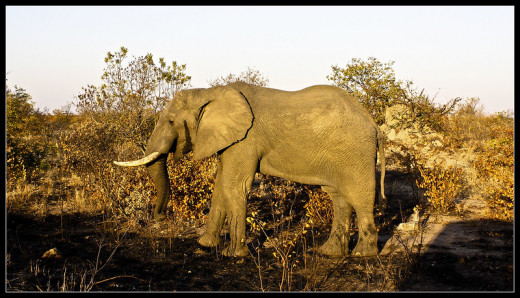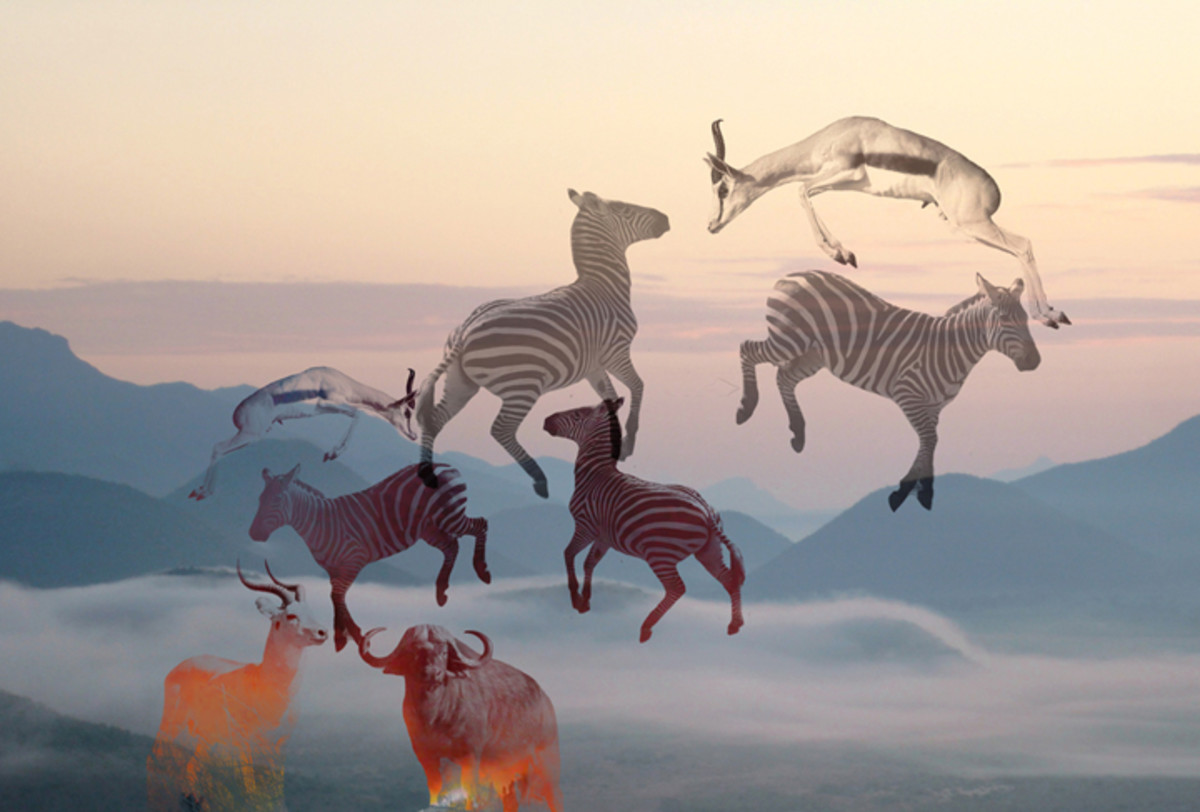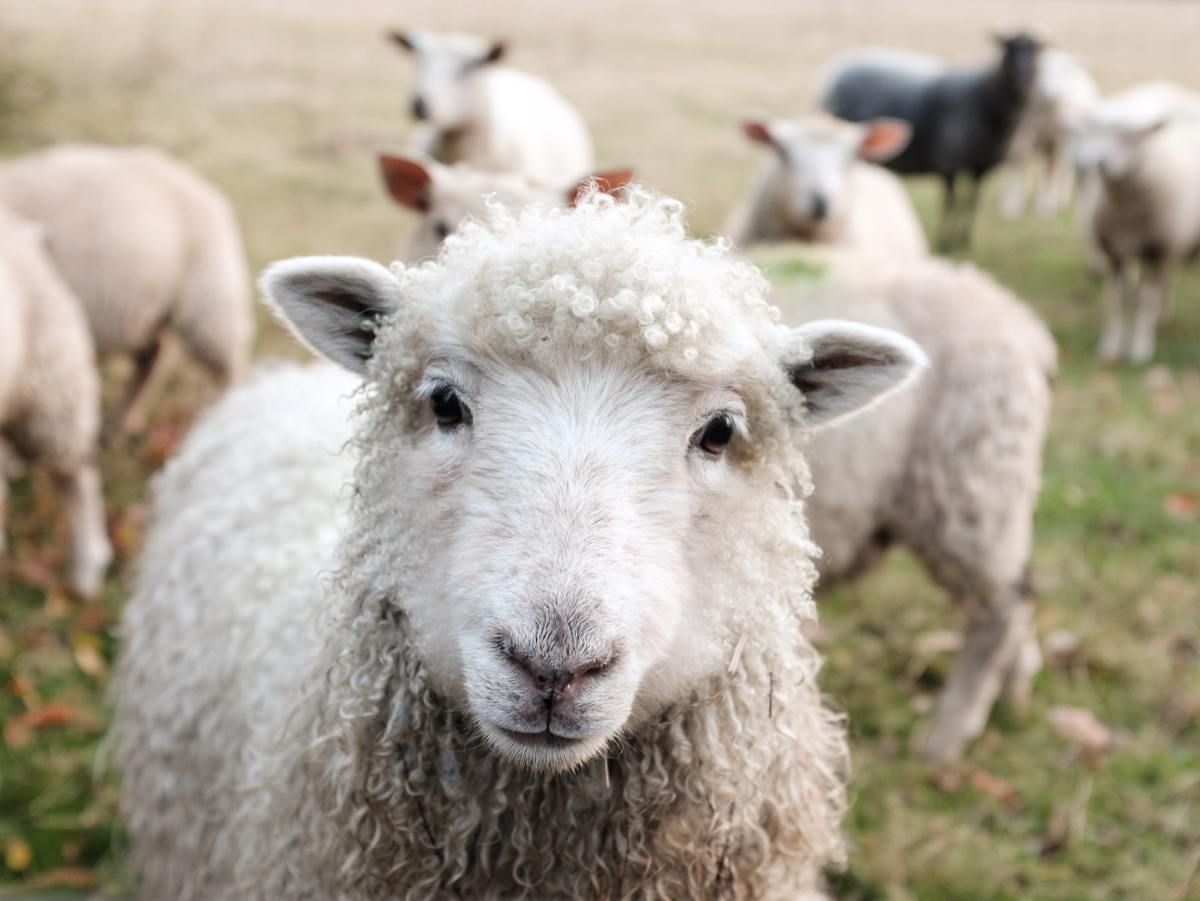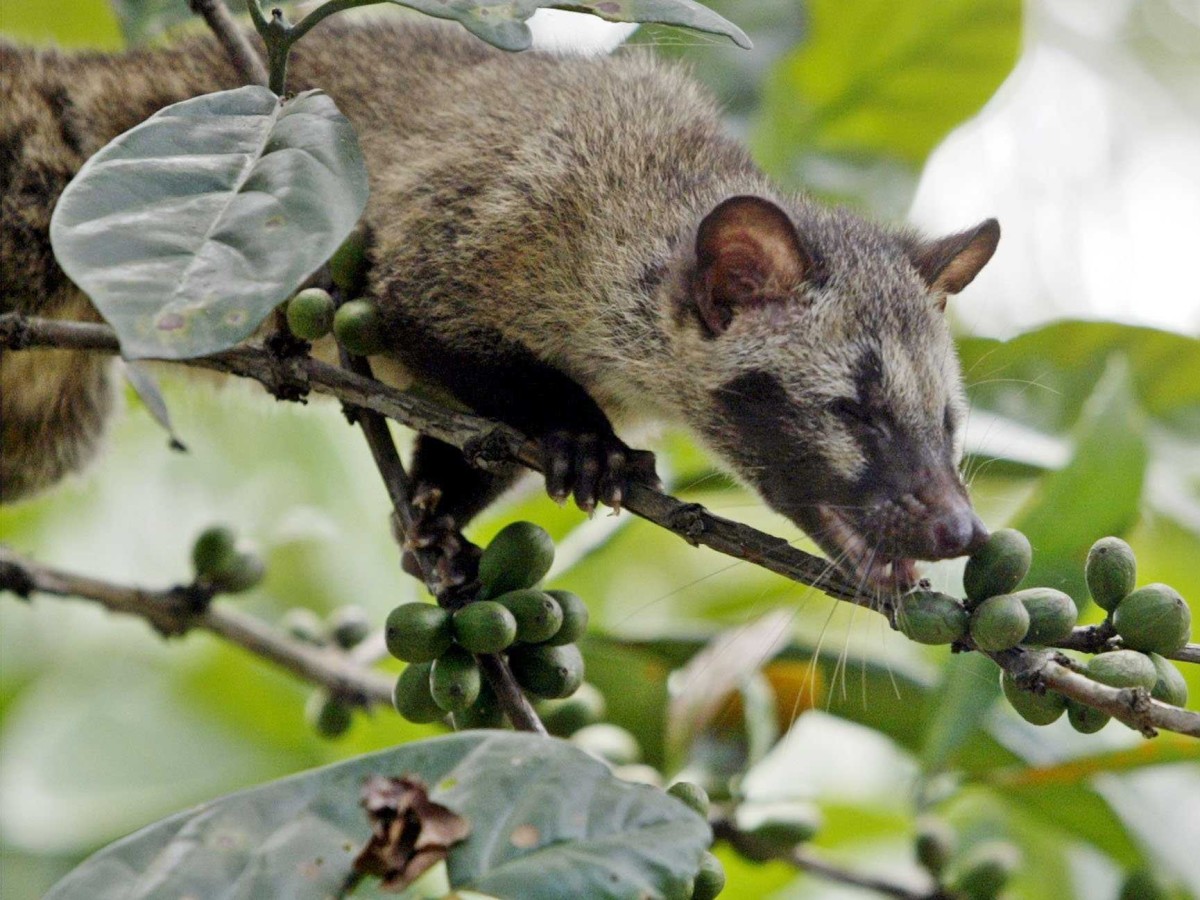Urban Wildlife Syndrome and Human-Wildlife Conflict

What is Urban Wildlife Syndrome?
Animals acclimatize rapidly to altering circumstances. And, with the increasing human impact on the environment, certain species profit from human attachment. Hyenas, Monkeys, and Baboons have turned as pests around lodges and other sites by prowling kitchens, dustbins, and even infringing into vehicles in look for food. A garbage deposit is an easy picking, and this habitually leads to various animals fetching on human composites for their continued existence. Unfortunately, this, in turn, impacts the animals as well. However, they learn survival skills when humans hit back.
What is ‘human-wildlife conflict'?
“The term ‘human-wildlife conflict’ creates an image of vibrant communications between humans and wild animals correspondingly ‘occupying’ swiftly increasing urban areas and continually dwindling wild systems. This is the result of the human-wildlife syndrome. More often, human-wildlife interactions are the result of massive food subsidies presented by urban wastes.
Human Subsidies as a Cause of Conflict
Recent studies say that ‘human subsidy’ is a major trigger for the increase in wildlife-human conflict, particularly in municipal areas. Wild species, which can acclimatize, choose growing urban areas for survival rather than fighting with diminishing forest resources. This is not just a hazard to humans, but also a grave environmental concern.
Subsidy-driven relations with humans lead to numerous physical and behavioral changes in wildlife. Changes in animal behavior like violent and aggressive behavior, increasing population concentration, and reduced fear of humans are together termed urban wildlife syndrome.
The urban wildlife-human conflict is a constant issue, and it persists across the globe. One main cause is the way we manage our waste. People throw their waste in the open air, drawing undomesticated animals like wolves and leopards.
Inquisitive Scenario of Black Kite-Attacks in Delhi
Residents of Delhi nosh black kites as an old ritual. Kites feed on rodents and pigeons that flourish in a polluted atmosphere. The familiarity built through immediacy with humans reduces the kites’ innate fear as they are often pleased with the food. Black kites often grab food and harm humans.
Also, most tourist sites in India have one ubiquitous sight- monkeys. A conventional estimation figure of monkey bites cases in Delhi is 1800 annually. Experts think that food subsidies make monkeys adapted to human existence and frequently result in loss of fear and augmented belligerence. These traits are often transferred to the future generation of monkeys and to the non-urban monkey population.
With increasing reliance on human subsidies, monkeys usually reduce the consumption of natural food. Furthermore, consuming human foods guide to faster growth, high reproduction, and longer endurance. This causes an increased population, consecutively leading to conflict and chances of disease transmission between macaques and humans.
Leopards are extremely adaptive and sharp predators. Livestock and untamed animals that feed on the urban waste act as accidental subsidies for leopards. These cats very commonly come into urban settlements, like the leopard that entered a mall near Mumbai recently.
Significance of Learning Animal Behavior
Learning animal behavior helps us recognize how to limit human impact on animal behavior and how to develop human-animal co‐subsistence. Wildlife-human communications in urban areas have changed extensively, and hence, managing it requires some new techniques. Environmentalists agree that we are yet to have a healthy perceptive of urban wildlife and ecology.
Animal behavior plays a significant job in preservation programs. Eradicating access to human food is possibly the solo thing people can do to sustain co-existence by eliminating conflict. We should keep all food scraps secured in garbage bins with tight-fitting lids. Waste segregation should happen from the source itself. Only then, we can protect the animals from feeding on it. This is the primary step to reduce the ecological impact of non-biodegradable waste accumulation.
Human-Contributed Diseases
Some recent studies have claimed that animals get affected by human borne diseases like tuberculosis due to animals' exposure to urban areas or vise versa. Animals that depend on human food scraps are highly vulnerable to such illnesses. According to a recent research, a free-ranging African Elephant has been found affected by tuberculosis (Miller et al, 2019). The researchers assume that the elephant might have eaten domestic waste from an Mtb-infected human. Moreover, infection is likely since elephants frequently use their trunk to investigate their environment.
Animals in urban areas tend to consume plastic wastes, and that in itself is a potential threat to their lives. Another problem with human foods is that they may lack species-specific nutrition. Also, human food often contains lethal components.

How to Manage Urban Wildlife Successfully
- Understanding urban environment/ecosystem
- Investigating landscape aspects
- Limiting human-wildlife conflict
- Encouraging a positive connection to nature
- Restricting exploitation
- Reducing light and noise pollution
- Avoiding Habitat fragmentation
References
Parker, L. (June 7, 2019). The world's plastic pollution crisis explained. National Geographic. https://www.nationalgeographic.com/environment/habitats/plastic-pollution/
Miller, M. A., Buss, P., Roos, E. O., Hausler, G., Dippenaar, A., Mitchell, E., van Schalkwyk, L., Robbe-Austerman, S., Waters, W. R., Sikar-Gang, A., Lyashchenko, K. P., Parsons, S., Warren, R., & van Helden, P. (2019). Fatal Tuberculosis in a Free-Ranging African Elephant and One Health Implications of Human Pathogens in Wildlife. Frontiers in veterinary science, 6, 18. https://doi.org/10.3389/fvets.2019.00018








